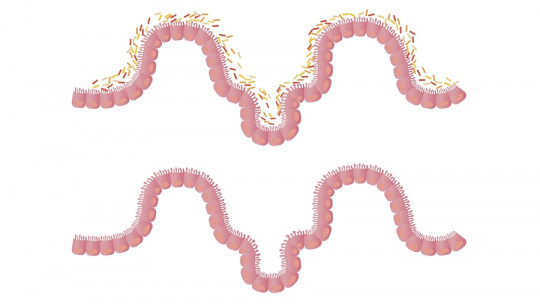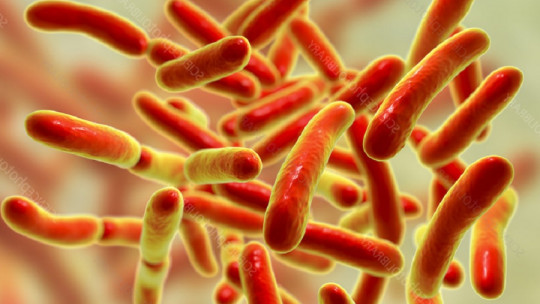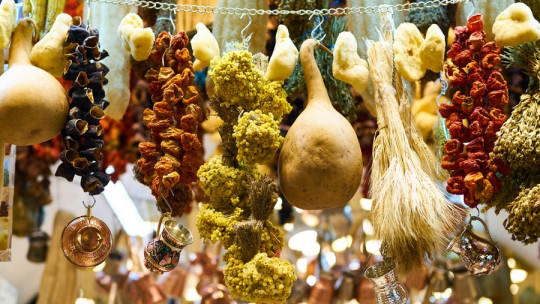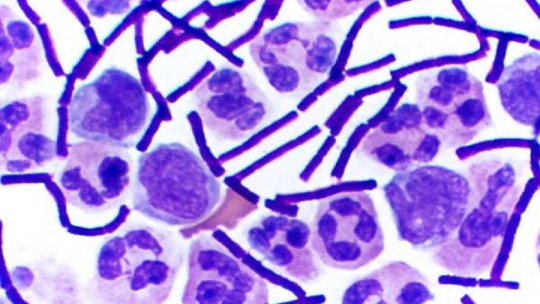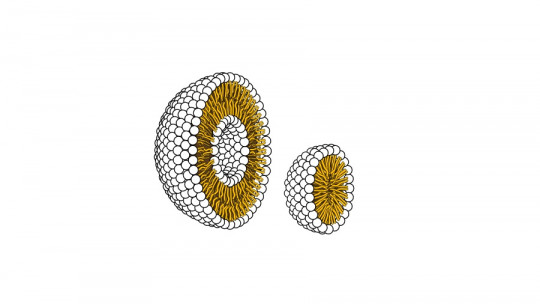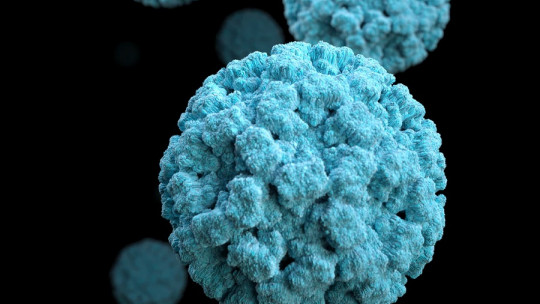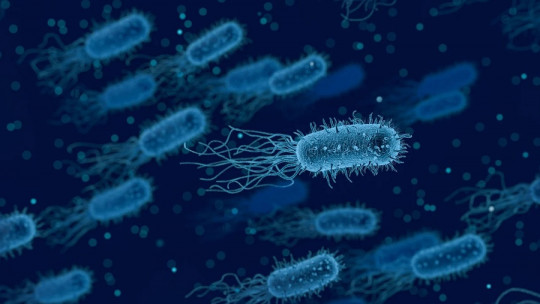
Bacteria are everywhere, even if we are not able to see them at first glance. Various studies estimate that, of the 550,000 million tons of organic matter present in the environment in the form of carbon, 70,000 million correspond to the bacteria that live in ecosystems. In other words, the bacterial mass of soils and waters contains 15% of all the organic matter on the planet, a value only surpassed by plants (450 gigatons, 80%).
In any case, it is not necessary to go to an astronomical scale to realize that bacteria are everywhere. If you are reading this from your mobile phone, you will be surprised to know that there are more than 25,000 bacterial units per 6.5 square centimeters of screen (more than a toilet). Another shocking fact: between the elbow and the tips of the fingers there are up to 10 million bacteria, all of them living on our epidermal surface.
With all these figures, it is more than clear to us that there are bacteria everywhere. The human being is an open system, and as such, it is not immune to the colonization of microorganisms in different parts of the tracts that exchange substances with the environment, such as the nasal passages, stomach, esophagus, eyes, anus or mouth. In order to explore a terrain of great interest, today we briefly explore the bacteria that live in the mouth
General concepts about the microbiome
Before looking at the microorganisms residing in the mouth, it is necessary to lay a series of foundations regarding our relationship with bacteria. The term “flora” is often used to designate the colonies present in our tracts and mucous membranes, but these biological units have nothing to do with the kingdom Plantae. Thus, The most appropriate terms are “microbiome” or “normal microbiota.”
The human microbiota is divided into two categories:
The native microbiota can be commensal or symbiont, but never harmful in a normal situation The last thing a bacterial community that lives in balance with humans wants is to cause pathogenesis, because if they die, the population of microorganisms also disappears. Unfortunately, some symbiotic or commensal bacteria can become a problem, especially in patients with immunosuppression (AIDS) or concomitant diseases (such as cancer).
Furthermore, the microbiota It can be latent (remains relatively constant throughout life) or transient (presents continuous fluctuations depending on the age of the host, the environment or the season). In general, the microorganisms essential for human life are those autochthonous and latent.
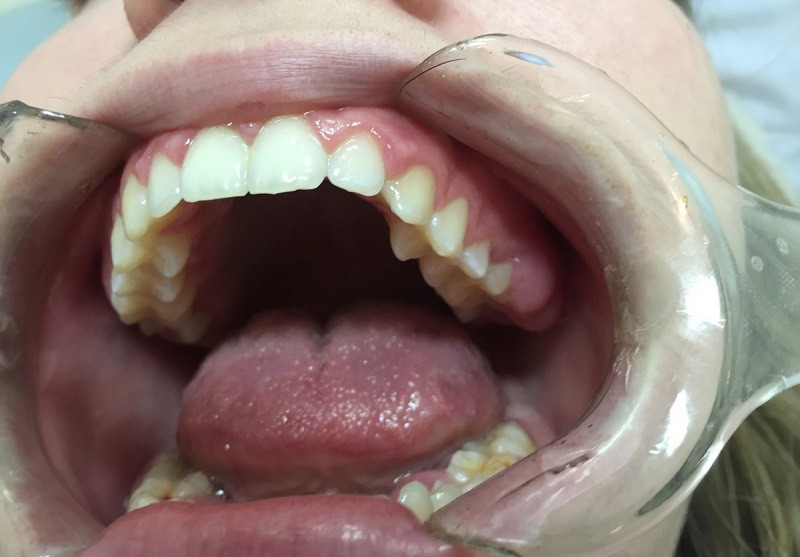
What bacteria live in the mouth?
The terms “oral microbiome”, “oral microbiota” or “oral flora” refer to the same thing: the microorganisms that inhabit the human oral cavity. In any case, rather than the number of bacteria per square centimeter of tissue, what is usually estimated is the bacterial genome present in the samples. In other words, The wealth of living beings that live in our mouth is determined by the detection of genes from different species and strains, not by direct observation of them. This is because, for example, some microorganisms described cannot be grown in the laboratory.
The oral cavity contains one of the most intricate and complex microbiomes in the entire human body, perhaps second only to the intestines and the digestive processes that take place there.
To give you an idea, It is estimated that one milliliter of saliva contains 10 to the power of 8 microbial units, which are divided into about 700 taxa of prokaryotic organisms. At a general level, it is believed that a healthy “oral flora” is made up of about 200 bacterial species.
The oral biome is extremely diverse for the simple reason that there are many small-scale niches to exploit. We have saliva, the surface of the teeth, the gums, the tissues and mucous membranes of the inner surface of the cheek, the palate, the sub- and supragingival plaques and the tonsils, among many other structures. Each of these surfaces favors a different composition of the microbiome.
According to the Human Oral Microbiome Database (HOMD), Only 57% of the species of bacteria that inhabit our mouth have been officially described and catalogued, 13% have been cultivated but not classified and 30% have not even been cultivated in the laboratory environment. Yes, although it may seem strange these days, we do not even know with complete certainty which microorganisms help us survive.
The main bacterial groups in the mouth
As indicated in the study “Oral microbiome: Unveiling the fundamentals”, oral bacterial communities have been gathered into 185 genera and 12 different phyla These phyla are the following: Firmicutes, Fusobacteria, Proteobacteria, Actinobacteria, Bacteroidetes, Chlamydiae, Chloroflexi, Spirochaetes, SR1, Synergistetes, Saccharibacteria (TM7) and Gracilibacteria (GN02).
In any case, it should be noted that the fluctuation of many of these microorganisms is changeable, that is, some are allochthonous, transient or both. Food consumption, drug use (such as tobacco, as smoke enters through the mouth), oral hygiene, and changes in the pH of the oral environment can cause rises or falls in the numbers of colonies of a given species Therefore, this medium is quite volatile and difficult to study.
The functions of the oral microbiome
The oral microbiome usually occurs in the form of a biofilm, that is, as an organized “microbial mat” attached to a surface or substrate, in this case the teeth, mucous membranes and oral tissues. Once this biological community is established, the components secrete a protective extracellular matrix, which keeps its members even more united. This is what is known as “dental plaque” and, although it must be kept under control with constant brushing, it is not bad in itself for the body.
The formation of oral biofilm is essential to maintain the homeostasis of this environment and to avoid the pathogenesis of other microorganisms The premise is simple: if there is already a bacterial colony established on a given surface, it is much more difficult for another potentially pathogenic colony to begin to proliferate in the same place. This is a clear example of symbiosis (even if it is involuntary), since as the space is already occupied, the host is indirectly protected from unnecessary invasions.
Furthermore, in the oral community there are bacteria that express the enzyme nitrate reductase, thus converting nitrate into nitrite when compounds containing it enter the mouth. This means that, along with the enzymatic action of saliva, digestion begins from the oral cavity thanks to the help of bacteria.
Beyond all this, it has also been shown that These microorganisms are essential for the specialization of the immune system in early stages of development, to keep pro-inflammatory responses at bay and even to actively combat other pathogens. Some bacterial populations are capable of secreting bactericidal substances into the environment, which directly protect us from the invasion of harmful germs.
Summary
As surprising as it may seem in the rise of scientific innovation and knowledge, there are still an infinite number of things that we still have to know. The lines written are a clear example of this, because although we know that the oral microbiota is essential for our systemic well-being, we have not yet been able to classify almost half of the microorganisms that live there.
In any case, what we are clear about is that, as a species, we are nothing without our microbes. The bacteria that inhabit our systems are essential for fighting diseases, training the immune system, digesting food and much more. Without them, life as we know it today would not be possible.

